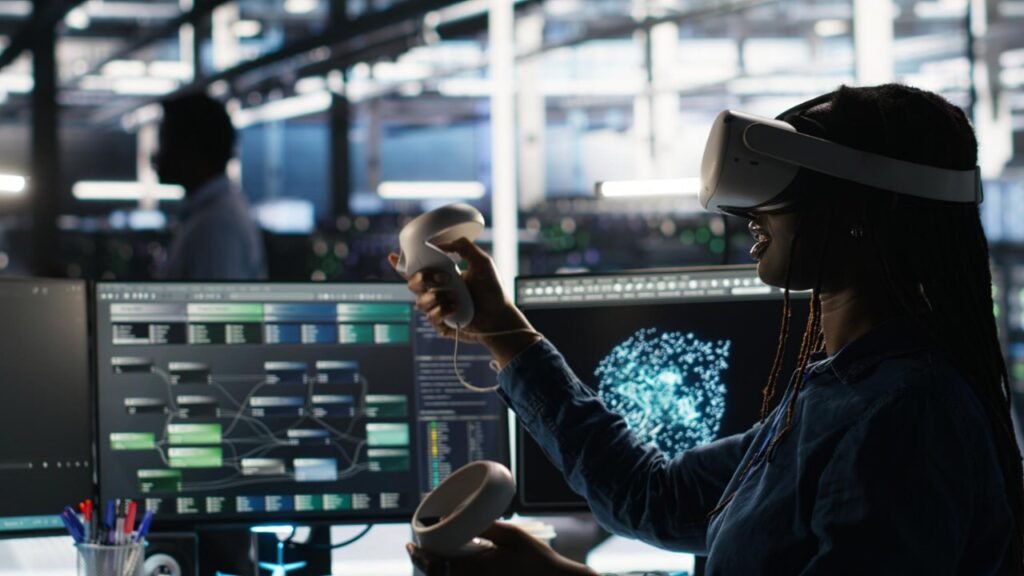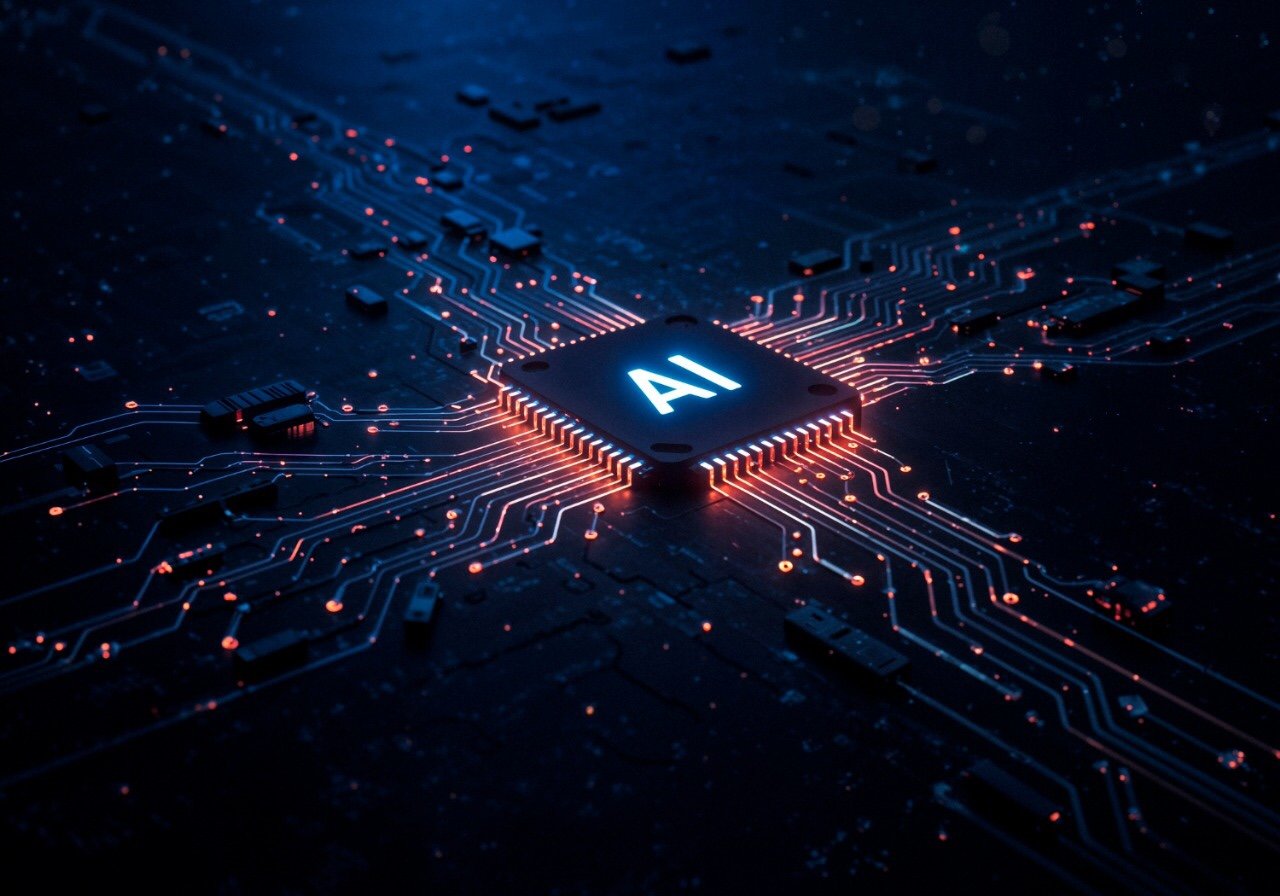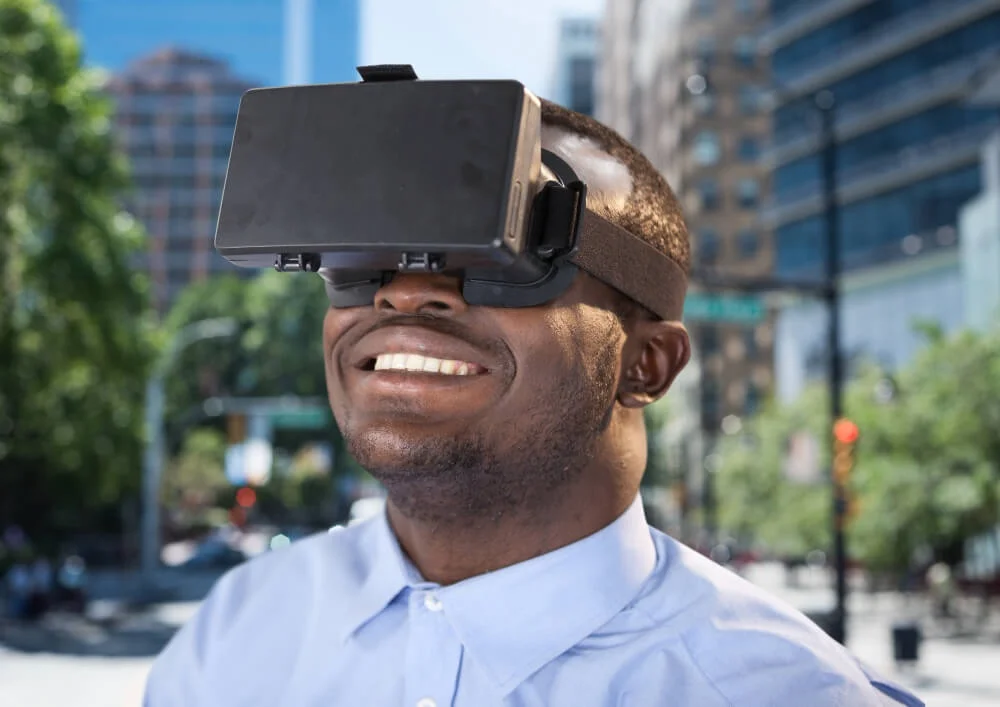Generative AI isn’t just a term tech people use anymore. It’s changing how entire industries function. It helps with automating marketing content and is creating massive shifts in healthcare diagnoses. Its practical use keeps growing every day. But how are different industries using this tech? What does this mean for jobs in the future? This post looks at the actual effects of generative AI in 2025. We explain how it helps different fields, boosts productivity, and drives new ideas. If you’re a professional wondering how AI connects to your job or just curious about tech advancements, you’ll find useful info and real-world examples here. Let’s uncover how generative AI is flipping the script in many industries.
• Creative Fields: Movies, Art, and Music
Generative AI is changing how the film industry works by giving creators new advanced tools to use. These include tools like text-to-image, image-to-video models neural radiance fields 3D synthesis, and advanced avatar generators. Filmmakers can now explore creative possibilities like capturing hard-to-get shots, making surreal effects, or designing bizarre visuals and objects.
AI handles tough jobs in the filmmaking process, from writing better scripts, sketching concept art, or making storyboards with characters and lighting in pre-production to building virtual characters and 3D models during production. It continues to assist in post-production by automating tasks cutting costs, speeding up workflows, and expanding creative options. This makes storytelling richer and removes a lot of the hassle involved in filming.
• Sales & Marketing: Generative AI plays a big role in personalization, helping create customized emails, product suggestions, and ads that match customer preferences by studying their behavior. This delivers messages that connect with people improving engagement and building trust. Companies like Coca-Cola use GPT-4 for unique ads, while Netflix customizes its home screens and Spotify creates personalized playlists. It handles repetitive tasks like follow-up emails and lead scoring making sure teams don’t miss chances and work more .

• Software Development: Tools like GitHub Copilot X Tabnine, and CodeWhisperer help programmers by offering code suggestions, fixing bugs, and creating whole functions, which saves time and makes work easier. Generative AI also works like a translator letting developers communicate with software without using standard programming languages.
• Healthcare & Life Sciences: Generative AI helps craft new drug molecules and models molecular interactions to shorten development timelines. Tools like AlphaFold predict protein shapes speeding up work on tough diseases. By 2025, Gartner expects 30% of new medicines to rely on generative design methods. AI improves medical imaging by spotting patterns in scans like MRIs and X-rays. This helps detect diseases like cancer or nerve disorders earlier and with better accuracy.
AI can also rebuild medical images, make them from scratch, or create summaries to show how a disease advances. By examining massive patient datasets, including genetics, health history, and daily habits generative AI provides better-personalized treatment plans that lower risks and improve success rates. It also produces synthetic patient data to mimic clinical trials, which makes drug testing faster more diverse, and keeps real patient data private.
• Financial Services & Legal: AI tools handle contract drafting and review by looking for risks and errors while checking if they meet legal rules. This process cuts down on the time spent doing manual reviews. They speed up legal research by breaking down case laws, rules, and past decisions, allowing quick access to useful legal details.
AI systems analyze past data and current laws to assess risks in finance or law helping organizations make smarter decisions that follow policies. They also find unusual activity in transactions spotting fraud as it happens. Generative AI supports investment planning, handles paperwork, and keeps track of changing regulations.
• Disaster Management: Generative AI advances by 2025 will bring major changes to disaster management. AI and GenAI will pull together information from different data sources and types to create realistic disaster models and detect new trends faster than ever before. These tools will also enable quicker damage assessments and better response strategies for various natural disasters. They will handle mixed data like text, images, videos, and sounds to offer a clear overall picture during emergencies.
Generative AI is making its presence known across many industries by cutting down costs, speeding up work, improving productivity, and helping teams make quicker smarter decisions. These changes go beyond small upgrades. They are about pushing boundaries driving what’s called “accelerating reinvention,” and offering a “competitive advantage.”
The wide range of uses shows that using Generative AI has shifted from being optional to being a must. Companies that fail to adopt and use GenAI to improve efficiency, offer personalized solutions, and gain strategic insights risk falling far behind their competitors. Conversations around AI often focus on things like automation or job loss, but the examples provided highlight its varied uses.
Generative AI goes beyond being just a new tech development. It acts as a creative companion, improves productivity, and drives innovation in many areas. Its role is expanding fast, with more exciting developments coming soon.






You must be logged in to post a comment.